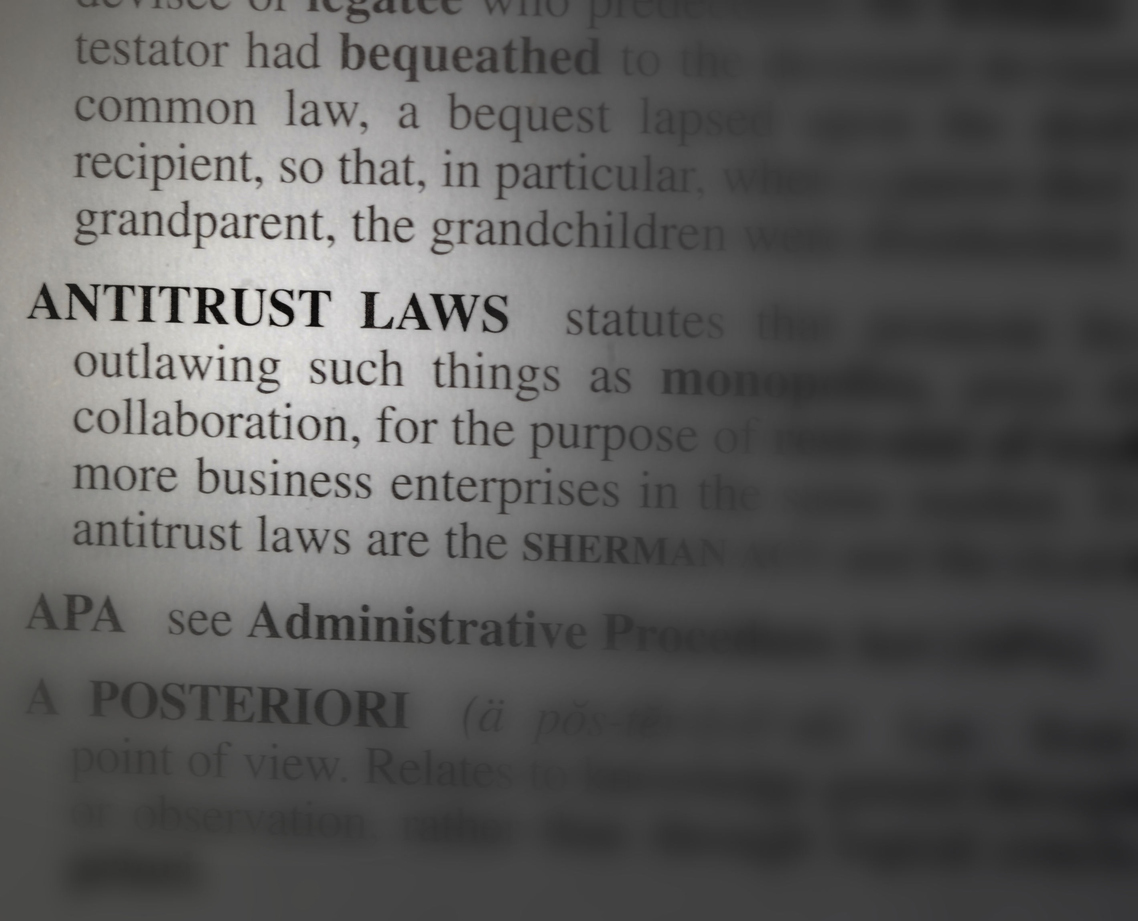The 1802 New York Supreme Court case of Lenox v. United Insurance Company 1 offers timeless guidance on the distinction between preliminary “proof of loss” requirements and “proof” evidence required at trial. This distinction remains critically important for today’s insurance practitioners and policyholders alike. This post is a follow-up to Where Did the Proof of Loss Requirement in a Property Insurance Policy Originate? What Was Its Original Purpose, which discussed the important term “protest,” which is from maritime practice.
The dispute arose from a marine insurance policy covering three boxes of muslins valued at $2,610. After the vessel was captured by the French, the policyholder submitted an abandonment claim for total loss. The policy contained a provision making the loss payable “thirty days after proof thereof.” The policyholder provided the customary captain’s protest describing the loss, along with the bill of lading and invoice of goods.
The language from the case noted that the policyholder provided the “protest” as the proof:
This was an action on a policy of insurance, dated the 13th March, 1800, on three boxes of muslins, on board of the vessel called the Rambler, at and from New York to Monte Christe, & C. The goods were valued at 2,610 dollars, the sum insured. The vessel was captured by the French, during the voyage, and the plaintiff abandoned for a total loss. By the policy, the loss was made payable ‘thirty days after proof thereof.’ The plaintiff, at the time he abandoned and claimed a total loss, exhibited to the defendants the customary protest of the master, stating the loss, and the bill of lading and invoice of the goods. The two latter were not sworn to, and the defendants refused to admit the invoice, without the oath of the plaintiff, which he declined to give, as not requisite on his part.
The insurance company refused payment, arguing that the policyholder needed to provide sworn testimony or affidavits before filing suit. This position reflected a similar common insurance company tactic often encountered today – attempting to impose stringent pre-suit evidence requirements that could effectively prevent valid claims from proceeding.
The court’s analysis provides a practical framework that is still applicable today. Justice Thompson emphasized that while “proof” in its strict legal sense means evidence presented before a court or jury, such interpretation would be inappropriate in the insurance context. The court recognized that requiring pre-suit sworn testimony would create an impossible burden since no legal mechanism existed to compel witnesses to testify before litigation.
Most significantly, the court distinguished between preliminary proof of loss and evidence required at trial. While policyholders must ultimately prove both their interest and loss at trial, the preliminary proof of loss requirement serves a different purpose. It aims to give insurers reasonable notice and opportunity to investigate, not to establish the complete merits of the claim.
The court held that documentary evidence alone – the captain’s protest, bill of lading, and invoice – constituted sufficient preliminary proof. This interpretation aligned with commercial convenience and the usual course of mercantile business. The decision reflects a fundamental principle: proof of loss requirements should facilitate claims processing, not create technical barriers to recovery.
Justice Kent’s concurring opinion further clarified that these documents serve “not in the light of proof, technically considered, but as reasonable information or notice, upon which [the insurer] is to act.” This distinction between notice and technical proof remains vital in modern insurance practice. Kent specifically noted that the “protest is, in mercantile understanding, high evidence of loss; and it may well have been intended by the parties, since the strict proof requisite on a trial was surely never within their contemplation.”
For today’s insurance practitioners, Lenox offers several enduring principles. First, courts should interpret proof of loss requirements practically, not technically. Second, preliminary proof serves primarily to notify insurers and enable investigation, not to establish the claim’s ultimate merits. Finally, documentary evidence can constitute sufficient preliminary proof without sworn testimony.
In 1802, the “proof” served as notice and a demand. There were no phones and telegrams at the time of giving notice before “the proof” arrived. The “protest” provided the only sworn requirements, including a description and the amount of the loss. There was not a large claims staff, which was then going to call in engineers and others to conduct an elaborate and drawn-out investigation.
One justice noted, “And although I do not think it necessary, for the purpose of deciding the present question, to determine how far voluntary oaths ought to be tolerated, yet I do not hesitate to say, they ought, very rarely, if ever, to be administered.” The early American republic was grappling with issues surrounding oaths. Some religious minorities objected to taking oaths, either due to general religious objections or because oaths elevated specific religious views. The Constitution explicitly prohibited religious test oaths for federal office holders. While we do not often think about these matters today, there was an ongoing debate about whether requiring oaths interfered with matters of private conscience and should be allowed in contract obligations. 2
The same justice also noted this about the policy “proof” clause:
“Admitting, therefore, that proof necessarily implies evidence under oath, still, as to loss, (which is all that is expressly required by the policy,) the protest of the captain furnishes that species of proof. It was stated in argument, by the plaintiff’s counsel, and not denied by the defendants, that policies had lately undergone an alteration in this clause. That formerly, the loss was made payable in so many days after proof of loss and interest; but that lately, the word interest had been expunged. Taking this, then, as a fact, it would afford a strong inference, that it was the intention of the parties to dispense with any proof of interest, as a preliminary step under this clause; at all events, that nothing more should be required than the usual documents, to wit, the invoice and bill of lading.
It should be noted that the first American proof of loss cases I have found regarding property insurance involved maritime property. Non-maritime property insurance in America was very new in 1802, as noted in Celebrating Benjamin Franklin on Independence Day, July 4th. Maritime insurance phrases and clauses certainly impacted the early wording of non-maritime insurance.
As insurance companies attempt to impose onerous post-loss proof requirements, Lenox reminds us that such provisions should be interpreted reasonably to facilitate legitimate claims rather than create procedural obstacles. This centuries-old wisdom remains relevant as we navigate modern insurance disputes, always mindful that the purpose of insurance is to provide protection, not to create technical escape hatches for insurers.
Finally, some may wonder, “Chip, why the interest in proof of loss clauses?” My first public speech to public adjusters was in 1985 at the Annual Meeting of NAPIA in Carmel, California. The speech was about Proofs of Loss and Examinations Under Oath. I will be giving a 40-year follow-up to that presentation at the NAPIA Annual Meeting June 11-14 in Scottsdale, Arizona. I am researching and starting preparation.
Thought For The Day
There is no better teacher than history in determining the future. There are answers worth billions of dollars in a $30 history book.
—Charlie Munger
1 Lenox v. United Ins. Co., 3 Johns.Cas. 224 (NY Sup. Ct. (1802).
2 ArtVI.C3.2.1 Historical Background on the Religious Test Clause, Legal Information Institute (Online article, last accessed Nov. 17, 2024).




